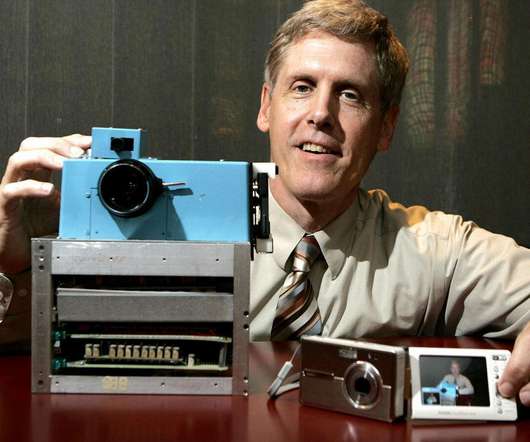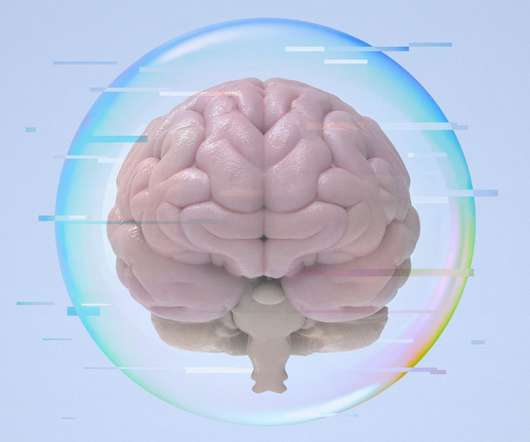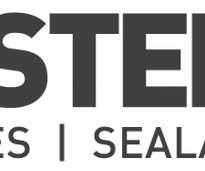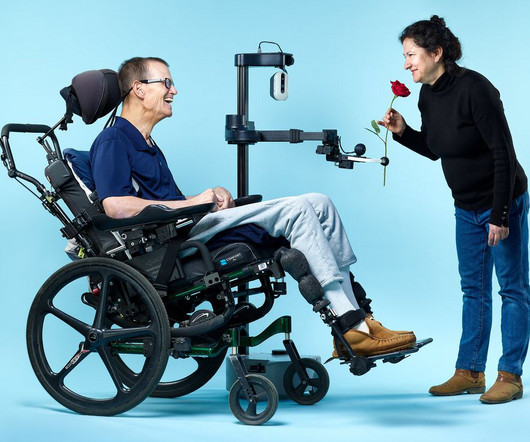INCITE supercomputing grants awarded to 56 projects; sustainable energy to next-gen materials
Green Car Congress
NOVEMBER 16, 2015
Among 2016 INCITE award recipients: Martin Berzins of the University of Utah received 351 million core hours to study ultra super critical coal boilers, leading to improved efficiency and new designs for safer next-generation coal boilers.





























Let's personalize your content